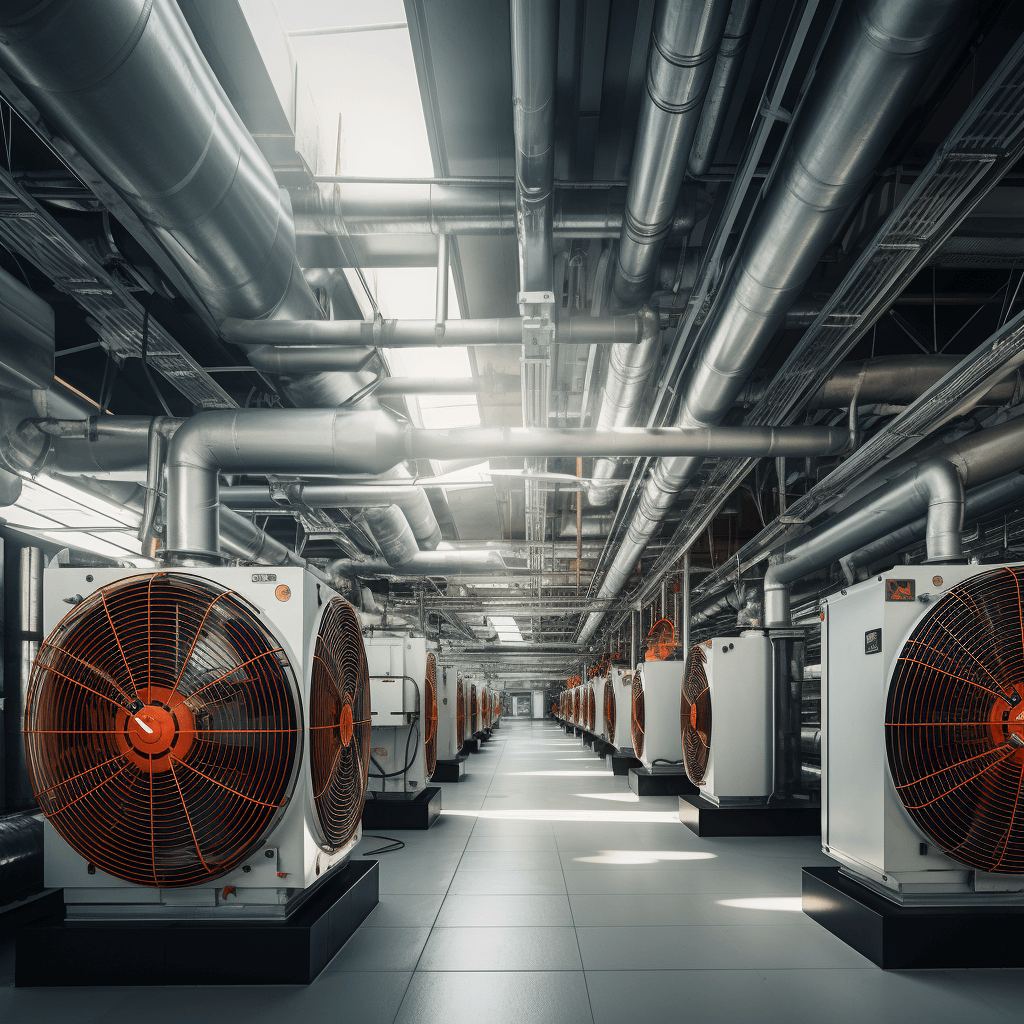Breathing New Life into Old Systems: The Magic of HVAC Retrofits
In the bustling heart of Montréal, where modernity meets history, there's a silent transformation taking place beneath the surface. It's not just about the latest tech trends or architectural marvels. It's about the very air we breathe and the systems that regulate it. At AirGreen, we're not just in the business of HVAC services; we're in the business of extending the life of your HVAC systems, ensuring they serve you longer, better, and more efficiently.
The Lifespan of Traditional HVAC Systems
Before diving into the benefits of HVAC retrofits, it's essential to understand the typical lifespan of an HVAC system:
-
Standard HVAC Systems: On average, a traditional HVAC system can last anywhere from 15 to 20 years. However, this duration can be influenced by factors such as maintenance routines, usage patterns, and the quality of installation.
-
Factors Affecting Lifespan: Elements like location, climate, and even the quality of the air can impact how long an HVAC system lasts. For instance, systems in areas with high levels of pollutants might wear out faster.
The Retrofit Revolution: Adding Years to Your System
Retrofitting isn't just about replacing old parts with new ones. It's a comprehensive overhaul that can significantly extend the life of your HVAC system. Here's how:
-
Enhanced Efficiency: Modern retrofit components are designed with the latest technology, ensuring optimal performance and reduced wear and tear.
-
Improved Air Quality: By updating filtration and ventilation components, retrofits can lead to better indoor air quality, which in turn reduces the strain on the system.
-
Smart Systems: With the integration of IoT and AI, modern retrofitted HVAC systems can make real-time adjustments based on environmental conditions, ensuring minimal energy wastage and optimal performance.
By the Numbers: The Lifespan Boost of HVAC Retrofits
While the exact lifespan increase can vary based on individual circumstances, on average:
-
Lifespan Increase: HVAC systems that undergo a comprehensive retrofit can see an increase in lifespan by up to 5-8 years. This means that a system that might typically last 15 years could potentially serve for over 20 years with a retrofit.
-
Cost Savings: Over time, the extended lifespan can lead to significant cost savings, both in terms of reduced energy bills and deferred replacement costs.
-
Environmental Impact: Longer-lasting systems mean fewer replacements, leading to reduced waste and a smaller carbon footprint.
AirGreen's Commitment to Longevity and Excellence
-
Tailored Retrofit Solutions: We understand that every building and system is unique. Our team of experts assesses each structure to provide retrofit solutions that maximize both efficiency and lifespan.
-
Continuous Learning: The world of HVAC is ever-evolving. We stay abreast of the latest trends and technologies to ensure our clients benefit from the most cutting-edge, long-lasting solutions.
-
Community Engagement: Beyond our services, we engage with the community, offering workshops and seminars on the importance of HVAC longevity and how individuals can make a difference.
In Conclusion: A Future Where HVAC Systems Stand the Test of Time
Imagine a world where buildings, old and new, hum with the efficiency of modern HVAC systems. Where the gentle whir of an HVAC system is a testament to humanity's ability to innovate without compromising on longevity. That's the world we envision. And with every retrofit, we inch closer to making that vision a reality.

